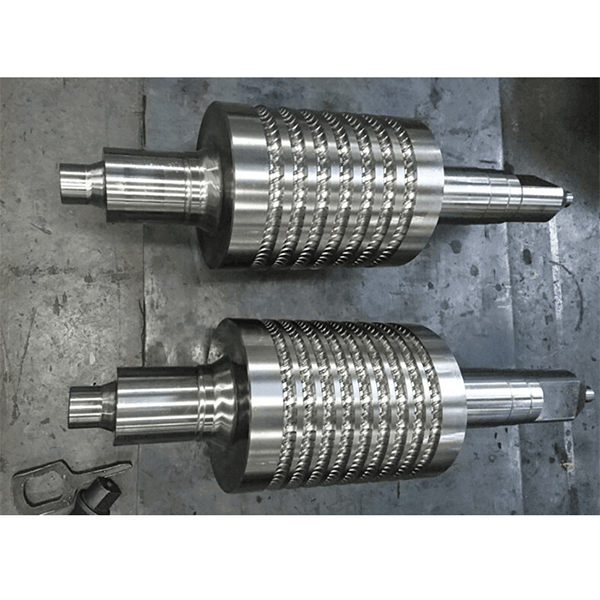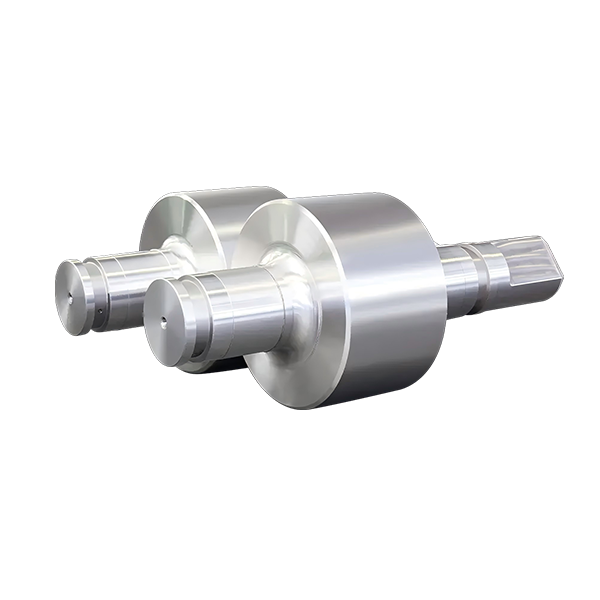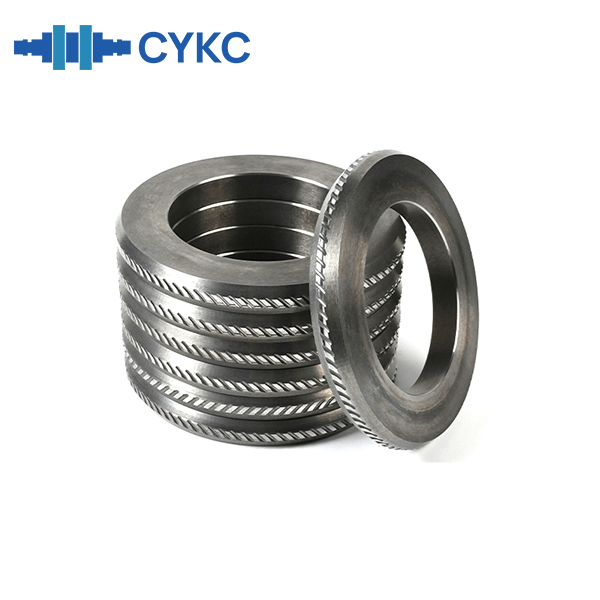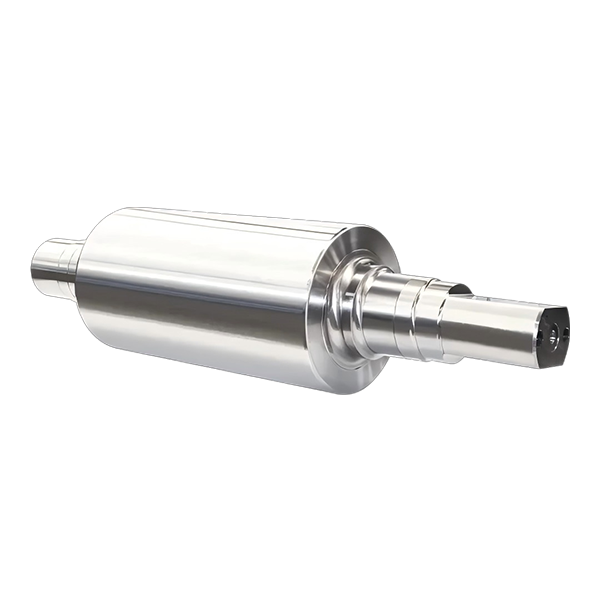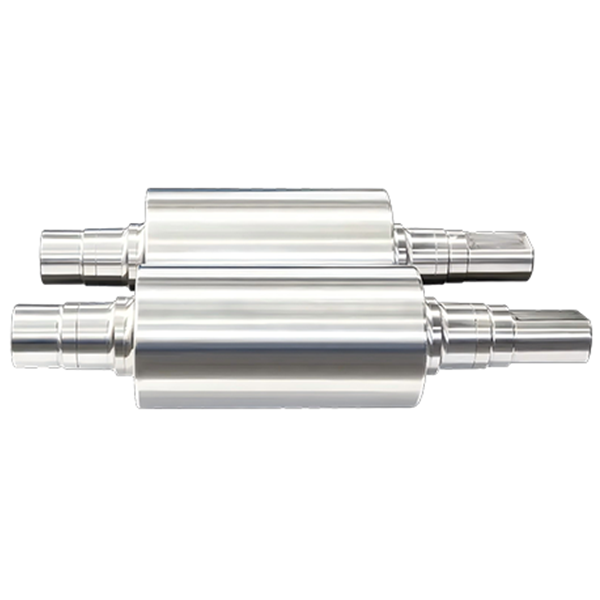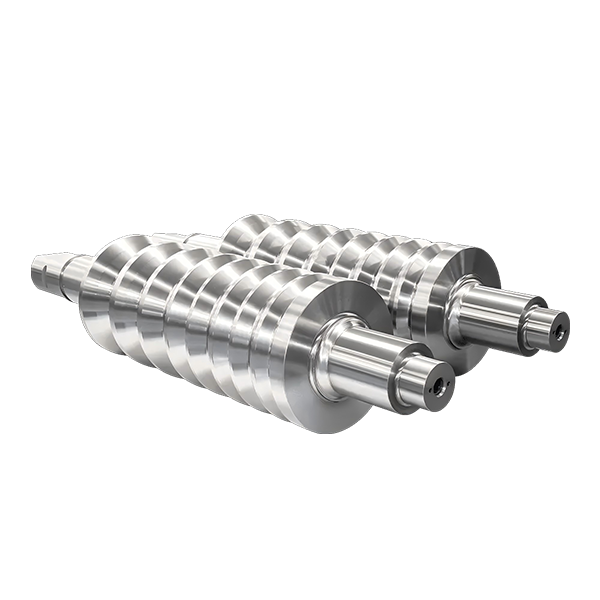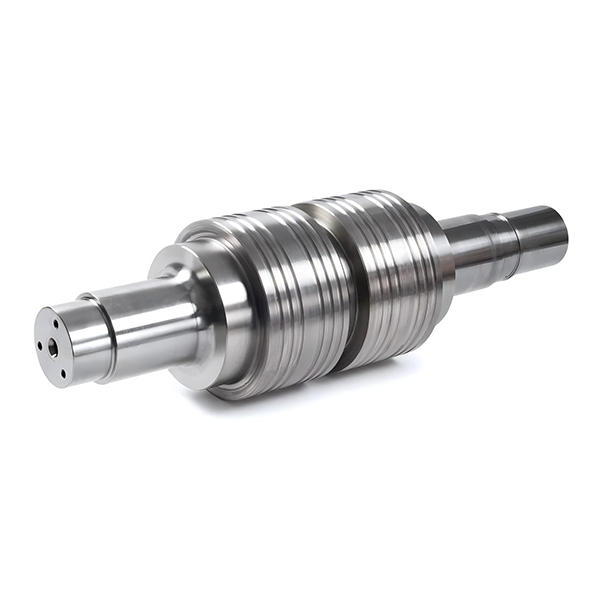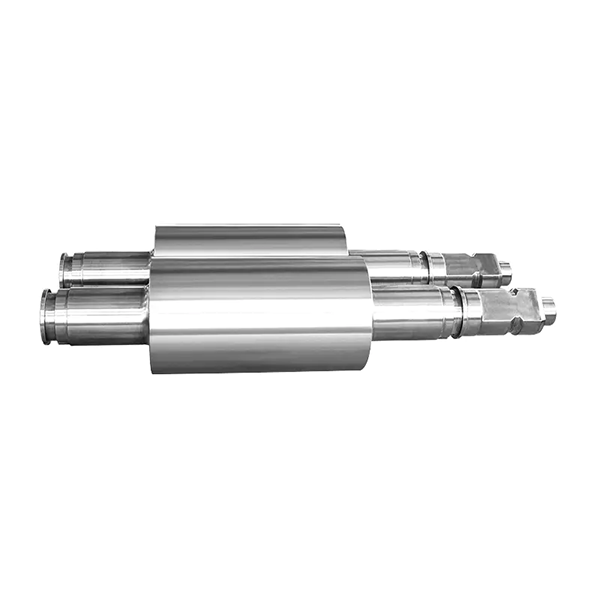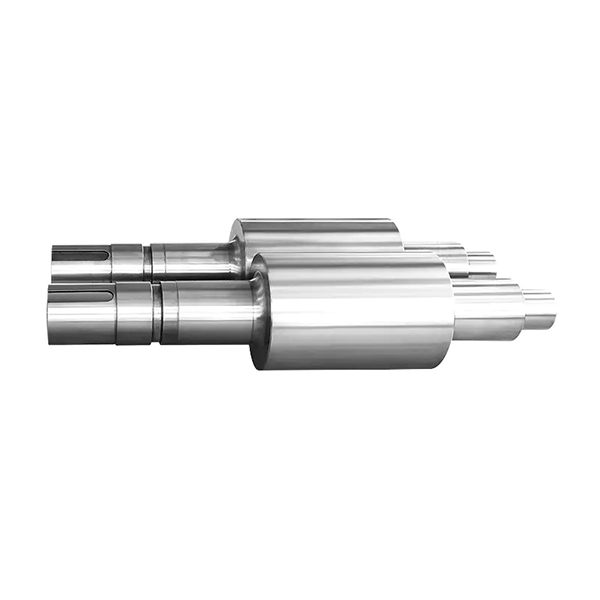High-Speed Steel (HSS) duplex rolls are an advanced type of roll currently gaining popularity in the steel industry. These rolls are unique in that they combine two different materials: the working layer is composed of high carbon steel and high-speed steel, while the core material can be spheroidal graphite cast iron, graphitic steel, or forged steel. This combination is achieved through centrifugal casting or the Composite Pouring Casting (CPC) process.
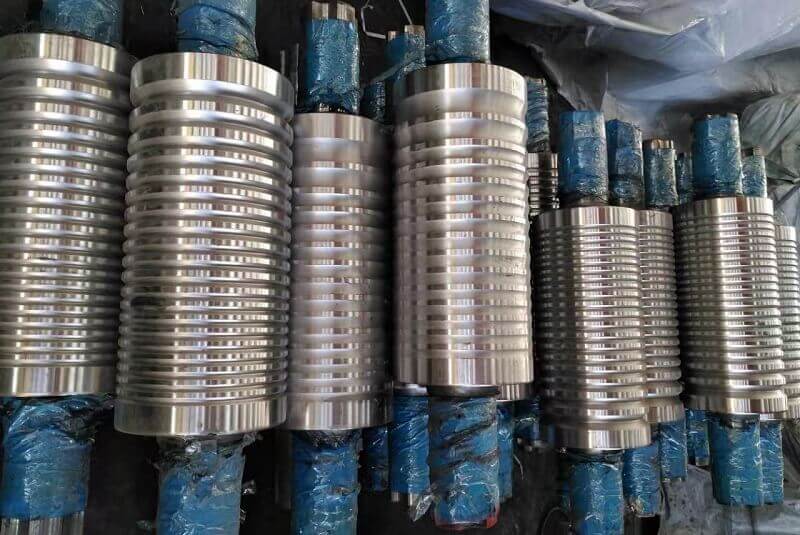
Material Composition and Manufacturing Process
Unlike traditional high-speed steels, such as M2 and M4, which are tungsten-molybdenum based, HSS duplex rolls feature a distinctive blend of materials designed for superior performance. The high carbon steel in the working layer provides excellent hardness and wear resistance, while the high-speed steel adds additional toughness and thermal resistance. The core material, whether spheroidal graphite cast iron, graphitic steel, or forged steel, provides a strong and durable foundation to enhance the roll's overall performance.
The centrifugal casting or CPC process ensures a uniform and reliable bond between the two different materials, creating a roll that offers exceptional durability and heat resistance. This innovative manufacturing technique allows the HSS duplex roll to perform optimally under a wide range of rolling conditions.
The character of HSS roll
1) HSS roll is not only rich of carbon but also higher alloy elements like vanadium, chrome, tungsten, molybdenum, niobium etc.So the primary carbide types of rll's framework are MC and M2C. The carbide shows nicer hardness and wear resistance.
2) HSS roll has better heat endurance. The shell show better hardness and wear resistance at rlling temperature.
3) HSS roll has nicer hardenability. The hardness of roll hardly falls down, from surface to interio of working layer. Accordingly,roll has uniform wear resistance from exterior to interior.
4) On the surface of roll, there is a piece of oxide fim that is not only thin but also compact, when roll used in a nicer cooling condition. This kind of symmetical oxide film can hold a long time and not fall off, so as to the wear resistant of HSS roll enhanced notable.
5) The friction between rlling materials and surface of roll reduced by the fom of oxide flm. It can result in slip when rolling.Then it is hard to adjust the rolling mill.
6) The swell-coefficient of HSS material is so big, and the capability of heat conduction is good. These characteristics will lead tothe changing of roll shape. Then the precision of rlling materials is influenced. Therefore, both the design of cooling system and roll shape should be changed when HSS roll used on plate and strip mill.
7) The core of HSS roll is made of alloy spheroidal graphite cast iron, graphitic steel or forged steel, thereby the roll collar has a remarkable intensity.
8) HSS material has nicer wear resistance, but the ability of accident-resistant is not so good. So, whether HSS roll works well not only due to the quality of HSS roll, more important is rolling condition and maintenance.
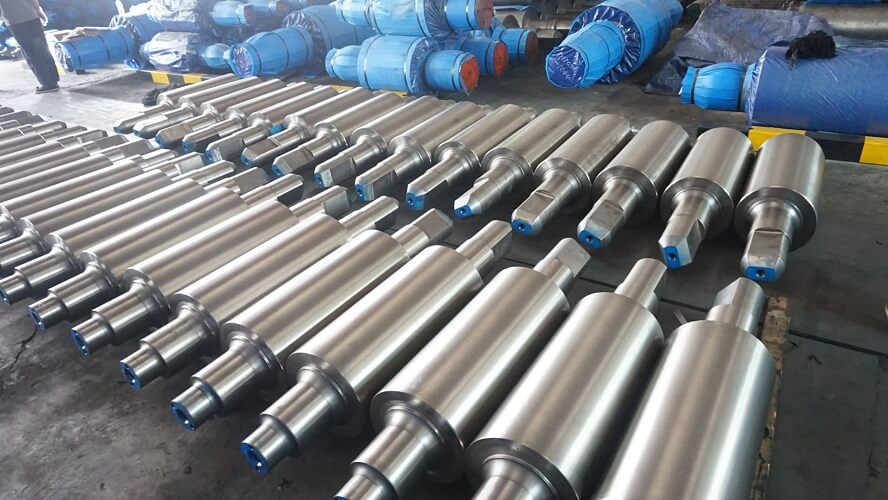
Cooling Conditions and Requirements for HSS Rolls in Wire and Rod Mills
In the rolling process, proper roll cooling serves three key purposes:
Preventing Overheating and Spalling
Cooling helps avoid spalling, which occurs when rolls overheat and lose their integrity.
Preserving Surface Quality
Cooling prevents excessive surface temperatures that could alter the roll's structure, reducing wear resistance and damaging surface quality.
Delaying Heat Fatigue Cracking
Proper cooling prolongs the initiation of heat fatigue cracks and prevents them from spreading, ensuring the roll lasts longer.


